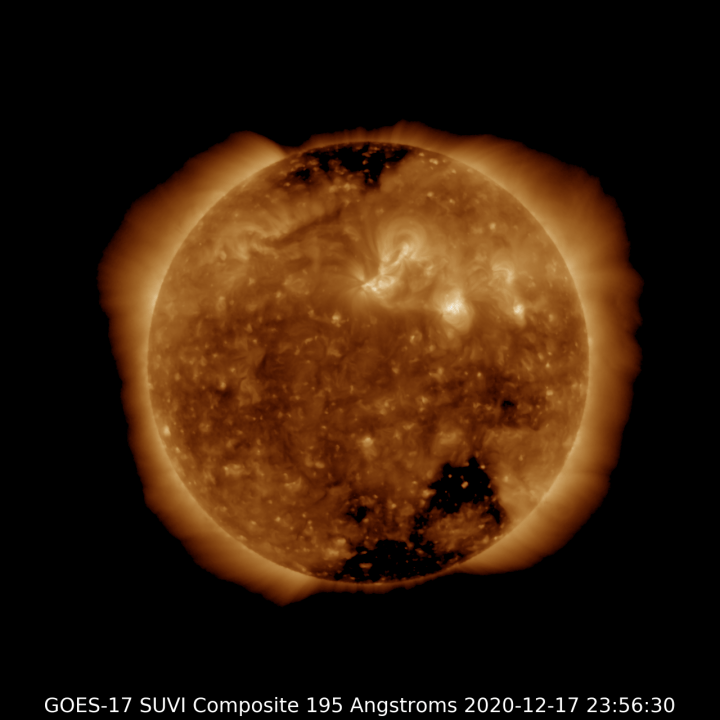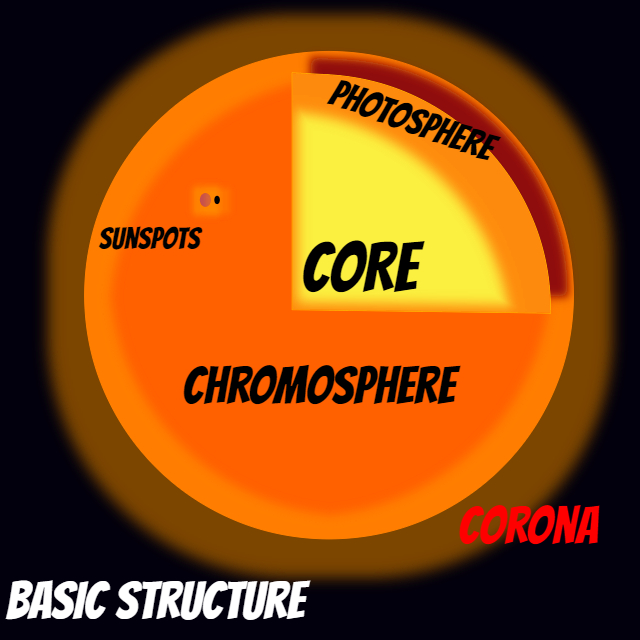PORTLAND, Ore. (KOIN) – We are in the dead of winter and it is getting hot in here! Why you might ask? We are talking about the sun in this lesson. You know, this thing:


This is definitely a topic that we can all relate to in some sort of way because the sun is the driving force to just about everything. The sun is our main provider. I like to call it the star instigator! Did you know that the sun is a star? Just like all the other stars that you see out there in space. We just so happen to be closer to this star than any other. How close?
The sun is 93 MILLION miles away from earth.
That is a distance that is hard to gauge but you can understand that it is very far. Check this out, the next nearest star is 4.2 light years from earth. Alright, now that may feel a bit unfathomable.
CHECK OUT THE GRAPHIC BELOW

As you can imagine, the sun is extremely hot. The sun is a gas ball, it consists of 92% hydrogen and 8% helium. It creates heat through nuclear fusion. It is done by hydrogen nuclei colliding at extreme speeds and fusing into helium nuclei. This is a thermonuclear process that leads to very high temperatures. The core of the sun is 27 million degrees Fahrenheit, meanwhile, the surface is a whopping 10,000 degrees Fahrenheit! I thought 90 degrees in the summer was hot…
With all that energy, we actually only use a small portion of that output. It is enough to keep us thriving.
SUN LABELS


CORE: The interior and hottest part of the sun. Energy is generated in the core through the process explained above.
PHOTOSPHERE: Outer luminous surface of the sun. Often referred to as the “sphere of light”.
CHROMOSPHERE: Boundary between the photosphere and corona. Known as the “color sphere”.
CORONA: Outermost layer of the solar atmosphere. This envelope is low density and low energy and extends into space. The glow.
SUNSPOTS: Isolated cool spots that you can spot as dark blemishes. They are about 5x the diameter of the earth.
SUNNY THOUGHTS

Have you thought about the way we talk about the sun here in the Pacific Northwest (PNW). It truly is a conversation that pops up throughout the year. We frequently talk about the sun in Oregon and Washington because it’s so cloudy in the winter. We spend a lot of our days under a bed of clouds that will block the sun from our sight. You may crave the sun during the winter months. We have a unique relationship with the sun, because we have the opposite impact during the summer. During the summer, we tend to have stable weather with a lot of sunshine. In fact, we could use some more clouds and rain during the summer.
Can you think of a few other times that the sun gets a lot of attention?
There are two moments during the day that our special star gets a lot of love, and it happens to be the sunrise and sunset. It’s like we forget how lovely the sun is and we feel some sort of bliss to the ball of gas in the sky.

If you’re interested in pairing this lesson with closely related topics, there are plenty to dive into under our Weather Kids tab.
Learn about earth’s atmosphere here. Learn a little more about solar radiation here.